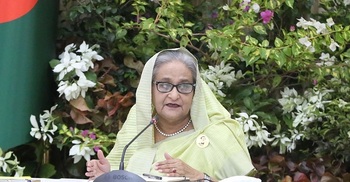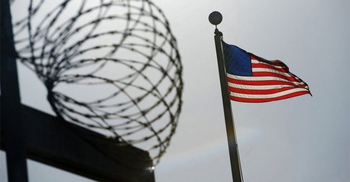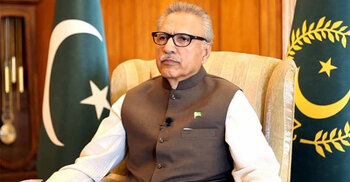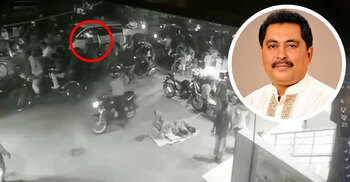‘Bangladesh at high risk of HIV infection’

Sixteen-year-old Raihan (not real name) used to live in the city's Mohammadpur area. He is reading in class X. His father is a businessman by profession. But, Raihan becomes addicted. He used to take drugs through veins. Later, he was diagnosed with Aids, reports BSS.
According to Bangladesh Bureau of Statistics (BBS), Bangladesh has, so far, around 14,000 patients of AIDS, the most advanced stage of HIV infection. Though the number is low, the country is at high risk because of neighbouring countries which have higher transmission rates and easy access to drugs.
Of them, around 84 percent came under treatment. The disease, however, claimed 205 lives in 2020, taking the total death toll to 1,588.
Bangladesh first detected HIV positive case in 1989. The first AIDS patient is still alive and physically sound. He regularly communicates with the HIV treatment programme.
According to a report of UNICEF, published on November 29 last year, about 3.60 lakh adolescents are projected to die of Aids-related diseases across the world between 2018 and 2030. About 76 teenagers are projected to die every day if any additional allocation is made in preventing HIV, screening and treatment project. Currently, two adolescents are being infected by HIV in every two minutes.
The UNICEF urged all concerned to strength different programmes including treatment and prevention to reduce infection and death rate of adolescent.
The report titled 'Child, HIV & AIDS: World of 2030' said 270,000 children and adolescents are projected to become newly infected with the virus annually. But the number of death of adolescent will be reduced. 56,000 children and adolescents are projected to die from AIDS-related causes annually.
It said the number of newly infected children will be reduced by 2030. But the rate of newly infected HIV adolescent between 10 years and 19 years will be reduced on 29 percent. And the death rate under 14 years of old children will be reduced 57 percent.
According to the latest statistics, a large portion of the total AIDS patients in Bangladesh are Rohingya population. The officials concerned laid emphasis on screening at the country's all air, sea, and land ports to prevent the spread of the deadly virus.
They said India and Myanmar have different communications with the businesses and common people of Bangladesh. So, awareness should be raised among the citizens besides the government and non-government initiatives to this end.
Assistant Professor of Shaheed Suhrawardy Medical College Hospital, Dhaka virologist Dr Zahidur Rahman said, "Bangladesh is a country of low prevalence in case of HIV infection. But it is at risk for various reasons. We have borders with two countries (India and Myanmar). Both are at high risk. There are also a few lakh Rohingyas in the country."
Mentioning people coming to Bangladesh from the two neighbouring countries, he said it is urgent to launch HIV screening tests at air, sea and land ports.
"This test will not cost much, and it may take 10 minutes to conduct the same by kit. The United Nations have huge idle money which we can use for HIV screening," he added.
According to the Bangladesh Bureau of Statistics (BBS), around 28.05 percent of women are not informed about AIDS but 71.05 percent are aware of at least one carrier of the disease. The awareness rate among the women about all the spreaders rose to 36 percent, 7 percent more than that of 2016.
The government agency thinks the risk of AIDS transmission among women is rising as the awareness did not grow at the desired level.
The data provided by the National AIDS/STD Control (NASC) Programme of the Directorate General of Health Services said a total of 12,91,069 samples were tested from November 2020 to November 2021 to detect HIV/AIDS. The same was around 13,32,589 in the previous year. Out of the newly 729 HIV-infected people in last year, men are 420, women 210, transgenders 12.
Of them, Rohingyas are 188 (account for 26%), common people 186 (26%), abroad returnees and their families 144 (20%), people who take drugs through injection 61 (8%), female sex workers 17 (2%), homosexuals 67 (9%), male sex workers 53 (7%) and transgenders 12 (2%), the data showed.





